A small startup named Gymshark partnered with a group of fitness influencers on Instagram to promote their fitness apparel line. The influencers shared photos and videos of themselves wearing Gymshark clothing with their followers, and the results were nothing short of astounding. Gymshark grew into a multi-million-dollar company in just a few years, largely thanks to its influencer marketing strategy.

This is just one example of the power of influencer marketing in product promotion. As consumers increasingly turn to social media to discover and purchase products, partnering with influencers has become a popular and effective way for brands to reach new audiences and leverage the trust and credibility that influencers have built with their followers.
In this article, we’ll explore the world of influencer marketing, and show you how to use this powerful strategy to drive sales and boost brand awareness. Whether you’re a product marketing manager, marketing executive, or head of market research, this article will provide you with a comprehensive guide to the ins and outs of influencer marketing and show you how to incorporate it into your product promotion strategy.
What is Influencer Marketing?
Influencer marketing is a marketing strategy that involves partnering with individuals with a significant social media following. These individuals, known as influencers, can be bloggers, vloggers, celebrities, or simply social media users with a large following.
Brands partner with these influencers to promote their products or services, leveraging the trust and credibility that the influencers have built with their followers.
One of the main differences between influencer marketing and other marketing strategies is how it relies on social proof and authenticity. Unlike traditional advertising, where the brand is the primary focus of the message, influencer marketing is all about the relationship between the influencer and their followers.
By partnering with an influencer, a brand can tap into the trust and credibility the influencer has built with their audience.
The term “influencer” was first used in 2006 in a blog post by marketer Duncan Watts. Since then, the concept has exploded in popularity, and influencer marketing has become crucial to many brands’ marketing strategies.
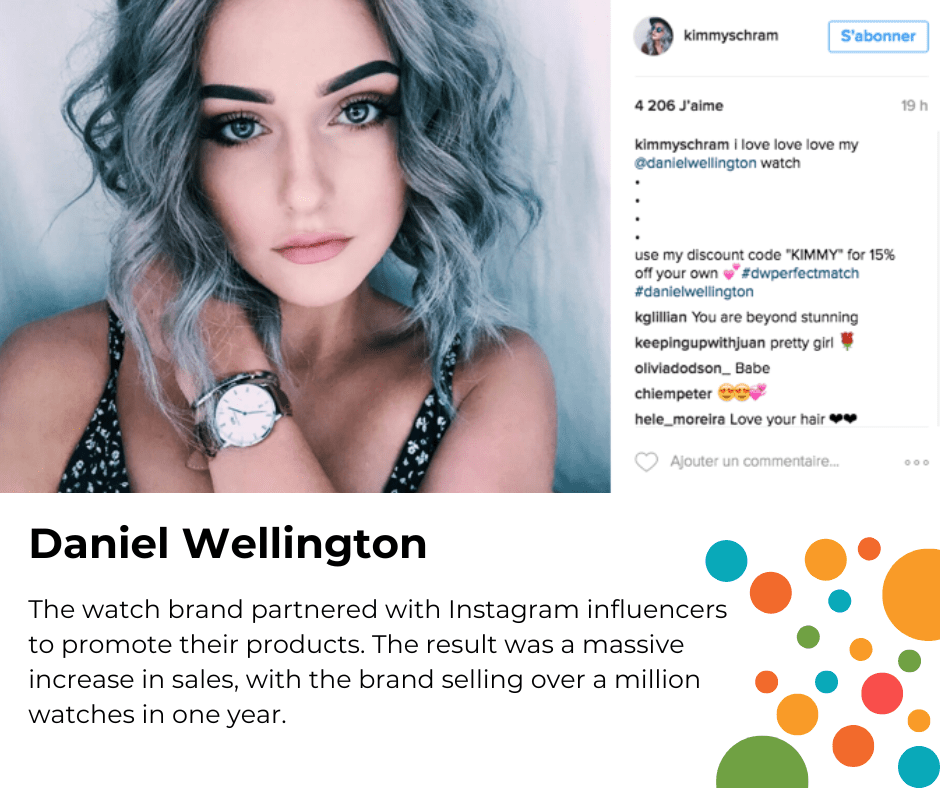
Why Influencer Marketing Works.
Influencer marketing has become a popular marketing strategy because it leverages the psychology of social proof, trust, and authenticity to drive sales and brand loyalty.
Social Proof
Social proof is the idea that people are more likely to follow the actions of others when making decisions. In the case of influencer marketing, when an influencer promotes a product, their followers are more likely to trust and try that product. This is because the influencer serves as social proof, indicating that the product is valuable and worth trying.
Trust
Influencers can build trust with their followers over time by consistently providing value and building relationships. This trust is important because it allows the influencer to promote products that feel authentic and genuine rather than pushy or salesy.
Authenticity
Influencers can create a sense of authenticity in their content by sharing their personal experiences and opinions. This authenticity is essential because it allows the influencer to connect with their followers on a deeper level, and build a sense of community around shared values and interests.
The influencer marketing industry is estimated to be worth $15 billion and is expected to grow to $84 billion by 2028, a clear indication of its effectiveness.
 The power of influencer marketing lies in its ability to tap into the psychology of social proof, trust, and authenticity and create a sense of community around shared values and interests. By partnering with the right influencers, brands can drive sales, boost brand awareness, and create a loyal customer base.
The power of influencer marketing lies in its ability to tap into the psychology of social proof, trust, and authenticity and create a sense of community around shared values and interests. By partnering with the right influencers, brands can drive sales, boost brand awareness, and create a loyal customer base.
Identifying the Right Influencers.
When it comes to influencer marketing, it’s essential to find the right influencers for your brand and product. Choosing the right influencer can make all the difference in the success of your campaign.
Here’s why it’s important to identify the right influencers and some tips for how to do so.
- Audience Relevance: Audience relevance is one of the most important factors to consider when choosing influencers. You want to ensure the influencer’s audience fits your brand and product well. This means looking at factors like the influencer’s follower demographics, interests, and values.
- Engagement Rates: Engagement rates are another essential factor when choosing influencers. High engagement rates indicate that the influencer’s followers actively engage with their content, meaning your brand’s message is more likely to be seen and heard.
- Brand Alignment: It’s important to consider how the influencer aligns with your brand’s values and message. Choosing an influencer who shares similar values and aesthetics as your brand can help to create a more authentic and effective campaign.

In the UK, the beauty brand Glossier has also successfully identified the right influencers. The brand has worked with a range of beauty influencers who align with its message of natural, effortless beauty. This has helped the brand to build a loyal following and achieve massive success in the UK market.
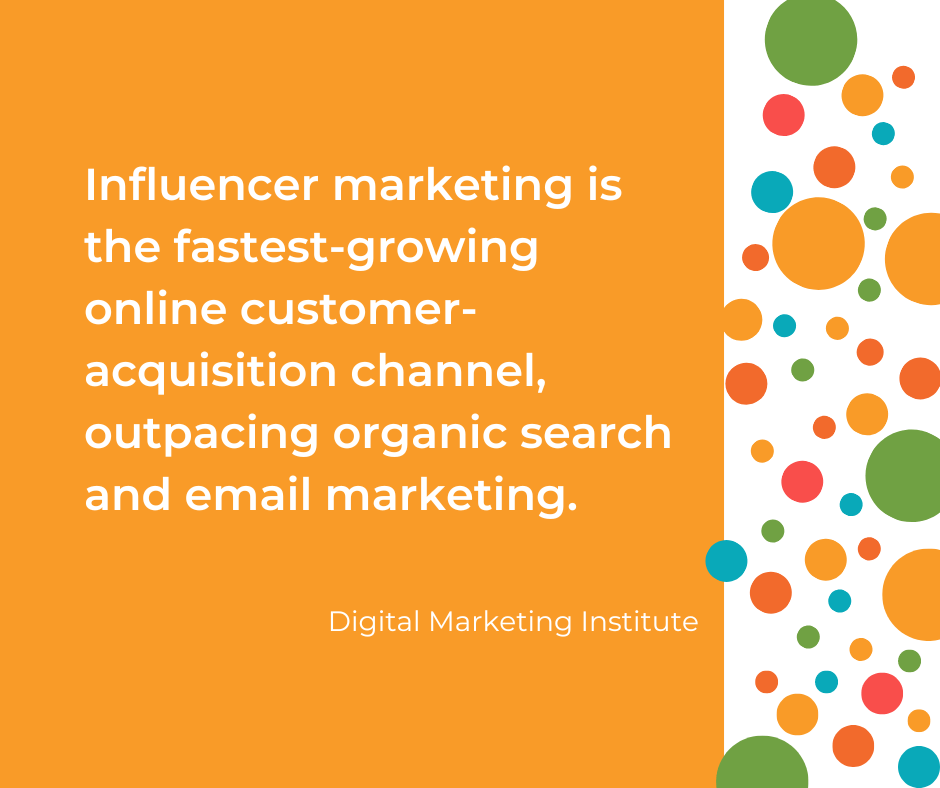
Identifying the right influencers is crucial to the success of your influencer marketing campaign. By considering factors like audience relevance, engagement rates, and brand alignment, you can choose influencers who are more likely to connect with your target audience and drive results for your brand.
Creating an Influencer Marketing Campaign
Once you’ve identified the right influencers for your brand and product, developing a successful influencer marketing campaign is next. Here’s how to do it:
- Create a Clear Message: The first step in creating an effective influencer marketing campaign is to create a clear and compelling message. This message should align with your brand values and goals and resonate with the influencer’s audience.
- Set Goals and Metrics: Next, you’ll want to set clear goals and metrics for your campaign. This could include things like increasing brand awareness, driving website traffic, or boosting sales. By setting clear goals and metrics, you’ll be able to measure the success of your campaign and make adjustments as needed.
- Provide Guidelines and Content: It’s also vital to provide influencers with clear guidelines and content to share. This could include things like product photos, videos, or copy. By providing influencers with these assets, you’ll be able to ensure that the message is consistent and on-brand.

Clothing brand PrettyLittleThing launched an influencer marketing campaign to promote its festival line. The brand worked with various influencers attending music festivals that summer, creating a clear and consistent message around festival fashion. The campaign was a huge success, with PrettyLittleThing reporting a 15% increase in sales during the festival season.
Creating a successful influencer marketing campaign requires a clear message, clear goals and metrics, and clear guidelines and content for influencers to share. By following these steps, you can develop a campaign that resonates with your target audience and drives results for your brand.
Measuring the Success of Your Influencer Marketing Campaign
Measuring the success of your influencer marketing campaign is crucial to understanding what’s working and what’s not. By tracking key metrics, you’ll be able to see how your campaign is performing and make adjustments as needed. Here’s what to track:
- Engagement Rates: Engagement rates are one of the most important metrics to track in an influencer marketing campaign. This includes things like likes, comments, and shares. High engagement rates indicate that the influencer’s followers actively engage with the content and are more likely to take action.
- Click-Through Rates: Click-through rates are another important metric to track. This measures how many people clicked on a link in the influencer’s content and visited your website. High click-through rates indicate that the influencer’s followers are interested in your product and are more likely to become customers.
- Conversion Rates: Conversion rates are the ultimate metric to track, as they measure how many people who clicked through to your website actually made a purchase. By tracking conversion rates, you’ll see how effectively your influencer marketing campaign drives sales and revenue.
It’s important to track these metrics consistently throughout your campaign and to make adjustments as needed. For example, if you’re not seeing the engagement rates you were hoping for, you may need to adjust your message or content to resonate better with the influencer’s audience.
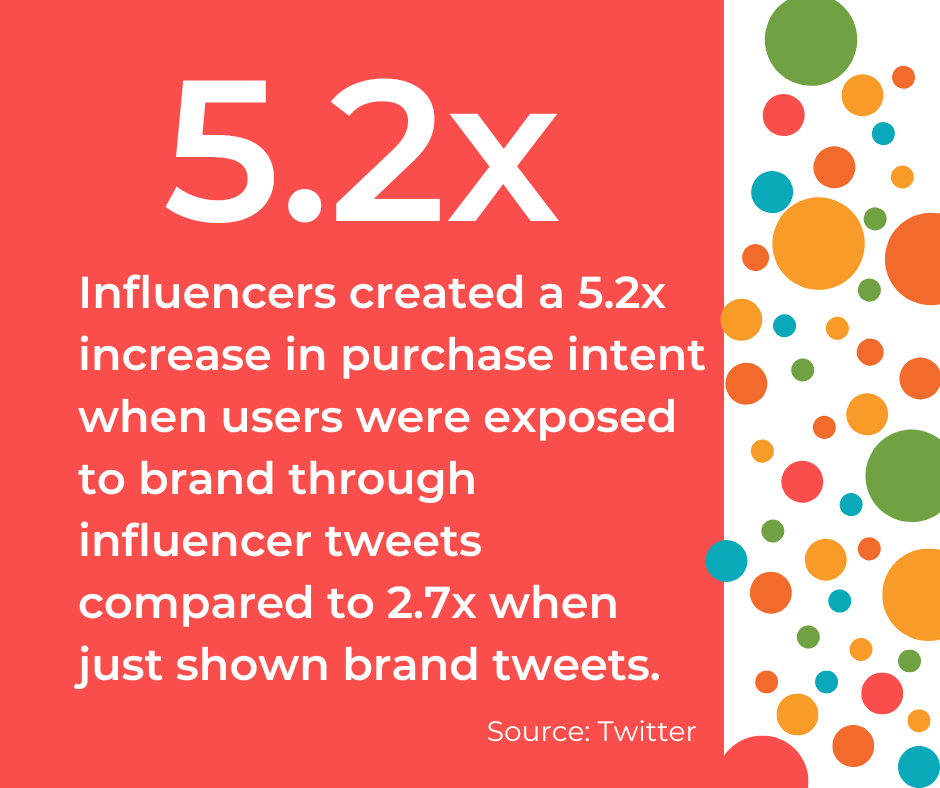
Measuring the success of your influencer marketing campaign is crucial to understanding what’s working and what’s not. By tracking metrics like engagement, click-through, and conversion rates, you’ll see how effective your campaign is at driving sales and revenue. This will allow you to adjust as needed and ensure that your campaign delivers the results you need to achieve your business goals.
Legal Considerations
When working with influencers, ensuring that your campaign complies with relevant laws and regulations is important. In the US, the Federal Trade Commission (FTC) has issued guidelines for influencer marketing, requiring influencers to disclose sponsored content. This means influencers must clearly state when they are being paid or compensated to promote a product. Failure to comply with these guidelines can result in legal repercussions for the brand and the influencer.
In addition to following disclosure guidelines, brands should also ensure that they have clear contracts with influencers that outline the terms of the partnership, including payment, deliverables, and any exclusivity clauses.
Micro-Influencers
While many brands focus on partnering with macro-influencers with millions of followers, micro-influencers with smaller, more niche followings can be just as effective. Studies have shown that micro-influencers often have higher engagement rates and can be more cost-effective than macro-influencers.
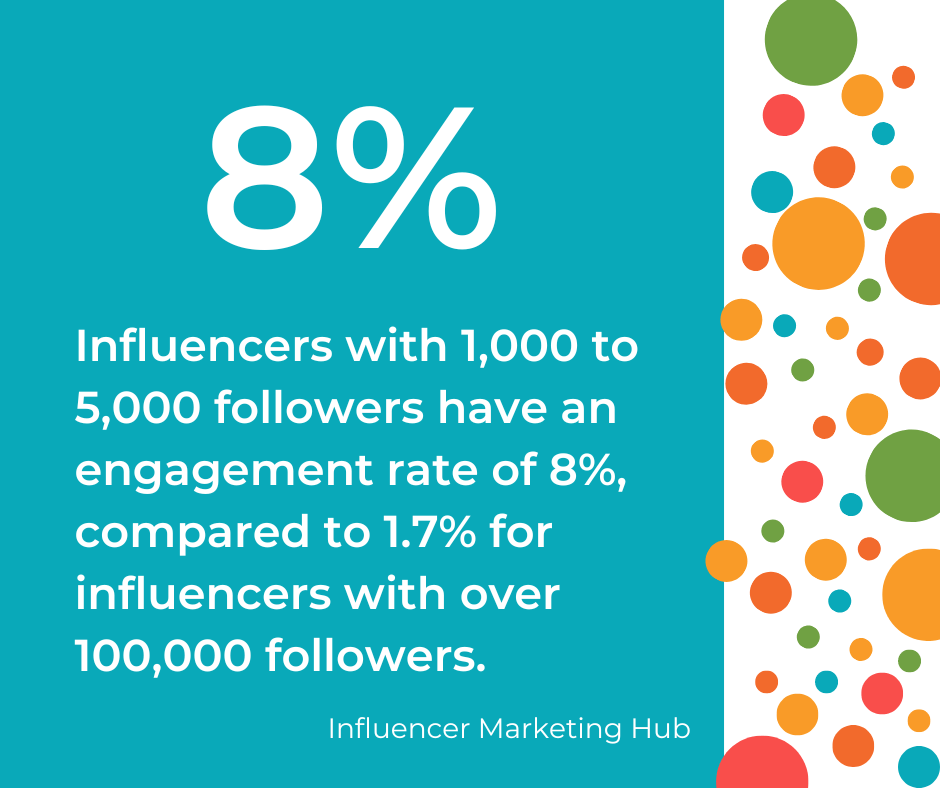
Influencer Platforms
Various influencer platforms and tools are available to help brands find and work with influencers. These platforms can simplify the influencer marketing process, providing access to a wide range of influencers and tools for managing partnerships and tracking metrics.
One popular influencer platform is AspireIQ, which allows brands to easily search for influencers based on factors like audience demographics and engagement rates. The platform also provides tools for managing partnerships and tracking metrics like engagement and sales.
Influencer Marketing Trends
Finally, staying up-to-date on the latest influencer marketing trends and predictions can help brands stay ahead of the curve and create more effective campaigns. Some of the latest trends in influencer marketing include:
- The rise of TikTok influencers: As TikTok continues to grow in popularity, brands are partnering with influencers on the platform to reach a younger audience.
- The focus on authenticity: Consumers are becoming increasingly wary of inauthentic or forced influencer partnerships, and brands are responding by focusing on more genuine, long-term relationships with influencers.
- The shift towards performance-based metrics: Brands are increasingly focused on measuring the ROI of influencer marketing campaigns and are using metrics like conversion rates and sales to evaluate the effectiveness of their campaigns.
Keeping up with these trends and others can help brands create more effective influencer marketing campaigns and stay ahead of the competition.
The role of Market Research in Influencer Marketing
Market research is a critical component of any successful influencer marketing campaign. By conducting thorough research, product marketing managers can gain insights into their target audience, identify the right influencers to partner with, and track the success of their campaign. Here’s a closer look at the role of market research in influencer marketing:
Before the Campaign
Before launching an influencer marketing campaign, it’s essential to conduct market research to identify your target audience and the influencers who are most likely to resonate with that audience. This could include analyzing audience demographics, social media behavior, and content preferences and conducting surveys and focus groups to gain deeper insights.
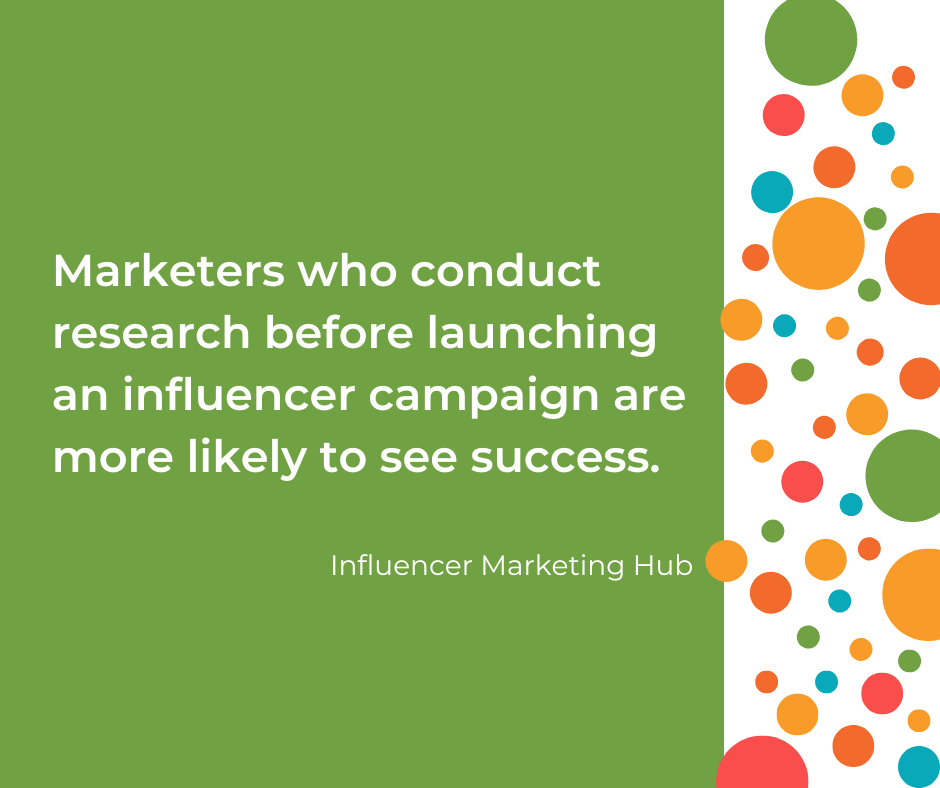
During the Campaign
Market research can also be valuable during the course of an influencer marketing campaign, as it allows you to track metrics like engagement rates, click-through rates, and conversion rates. This data can be used to adjust your campaign in real time, improving its effectiveness and ensuring you get the best ROI possible.
Post Campaign
After the campaign has concluded, market research can be used to evaluate its success and identify areas for improvement. This could include analyzing data on sales, brand awareness, and customer loyalty, as well as conducting surveys and focus groups to gain feedback from customers and influencers.

Who doesn’t want to learn from their hero? Nike celebrates their influencers and showcases them as inspirations. Their top posts featured the likes of Cristiano Ronaldo, Roger Federer, Rafael Nadal, and artists like Kendrick Lamar, Travis Scott, and Kevin Hart. According to Swaymap, over 1000 influencers tag @nike on Instagram each month. Nike has successfully used market research to inform its influencer marketing campaign is Nike. The company researched its target audience extensively and identified a group of influential sneakerheads on social media. Nike then partnered with these influencers to create content around its new product releases, significantly increasing sales and brand awareness.
Market research plays a critical role in influencer marketing, helping product marketing managers identify their target audience, choose the right influencers, and track the success of their campaign. By conducting thorough research before, during, and after the campaign, brands can ensure they get the best ROI possible and build a loyal customer base.
Influencer marketing is a powerful tool for product marketing managers and marketing executives looking to promote their products and build a loyal customer base. By partnering with the right influencers, creating a clear and compelling message, and tracking metrics throughout the campaign, brands can tap into the psychology of social proof and authenticity to connect with their target audience and achieve their business goals.
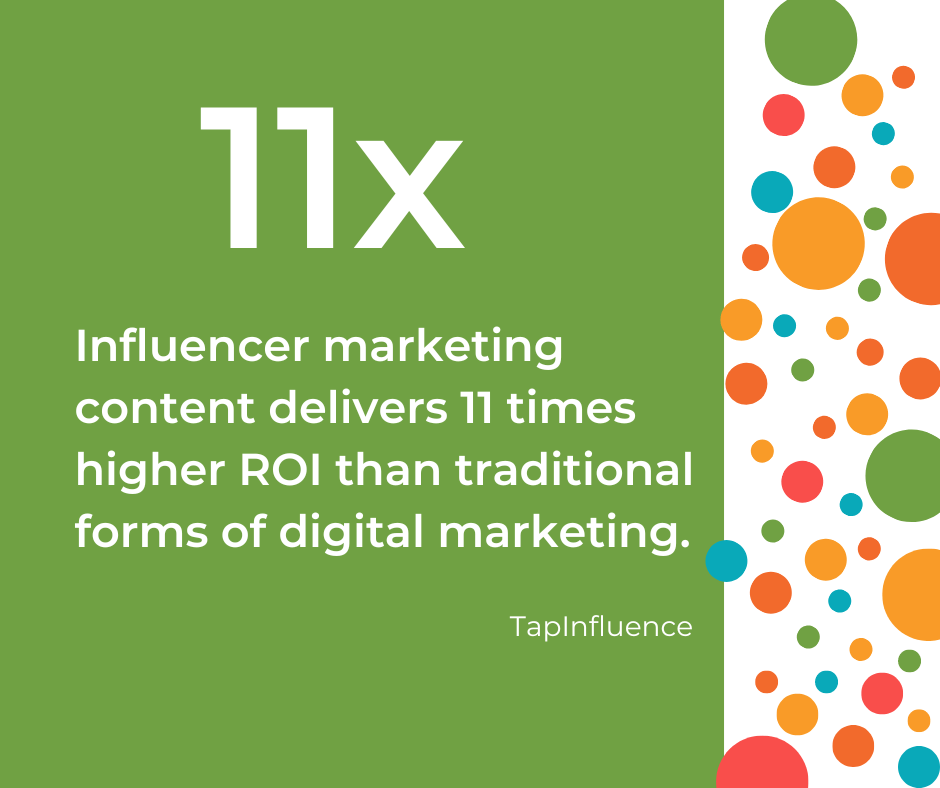
Key takeaways from this article include:
- The importance of identifying the right influencers.
- Creating a clear message.
- Measuring the success of the campaign.
- Leveraging market research to inform the campaign at every stage.
Following these best practices, brands can create influencer marketing campaigns that drive sales, boost brand awareness, and build a loyal customer base.
Influencer marketing is an exciting and rapidly growing area of marketing with the potential to drive significant business results. By following the best practices outlined in this article, product marketing managers and marketing executives can successfully leverage the power of influencer marketing to promote their products and build a strong brand.
At Kadence International, we specialise in market research and can help you gain the insights you need to create a successful influencer marketing campaign. Contact us today to learn more about our services and how we can help you take your marketing strategy to the next level.


